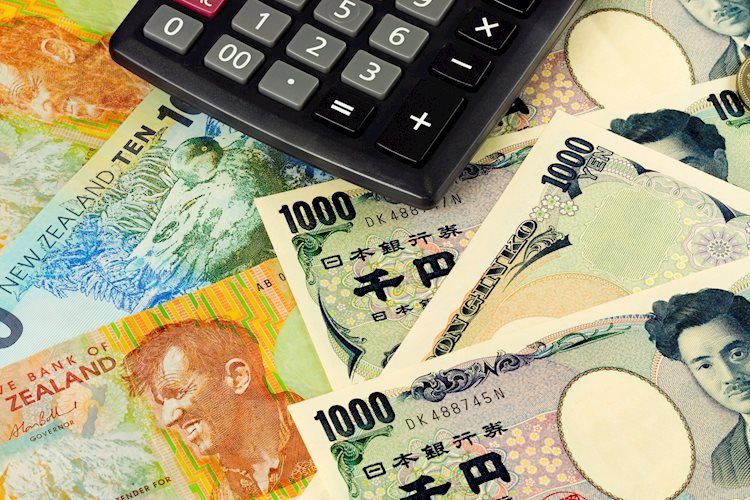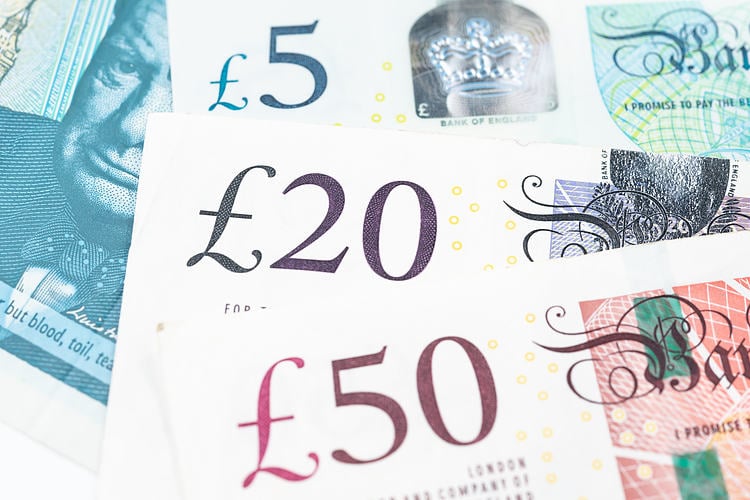Of Leonida Stergiou
A jump in organic profitability, lower non-recurring income and expenses and a single-digit percentage of bad loans were the main features of the results of the second quarter and first half of the four systemic banks.
Organic profitability was strengthened mainly due to interest income and commissions from an increase in business loans, while income from bonds contributed positively, as through swaps there was a profit from the rise in yields. The extraordinary income was mainly related to the sale of card activities (merchant acquiring). The following conclusions for the next months of 2022 emerge from the presentations of the CEOs of the four systemic banks through teleconferences with analysts:
– Great demand for business loans as launched investment projects have been financed and are in the “queue” of additional 4-5 billion already agreed deals. In addition, there are increased needs for working capital due to the energy crisis and for refinancing.
– The increase in interest rates by the ECB limits the costs from negative deposit rates, with the result that there is a possibility of reducing the margin in business loans, due to competition, with a simultaneous profitable result.
– Lower burden on interest income and non-recurring expenses from securitization of bad loans, compared to previous quarters.
Eurobank
A high capital adequacy ratio of 14% and strong H1 results facilitate discussions that have already started with the regulatory authorities for a dividend distribution of 20% of 2022 profits. There was a quintupling of total net profits in H1 of 2022, which amounted to 941 million euros, compared to 190 million euros in 2021, mainly from high interest income and gains from investments in securities that benefited from the rise in euribor.
Strong results in the first half led to a revision of targets for 2022: new loan disbursements 2.9 billion (from 2.3 billion in the original plan), organic operating profit of 750 million euros (from 610 million euros) , earnings per share of 0.16 euros (from 0.14 euros), total capital adequacy of 17% (from 16.4%) and bad debt ratio stable at 5.8%.
Although there is no indication of an increase in bad loans, Eurobank maintains a conservative forecast of 400 million euros, while in the second half it will proceed with write-offs, as it announced.
Alpha Bank
Achieving a single-digit Non-Performing Exposure (NPA) rate of 8.2% through transactions of 1.6 billion, Alpha Bank, in Q2 2022, turns the page on the issue of dealing with non-performing loans.
The results pave the way for a dividend distribution from 2023 profits, at a rate of 20%-30%, according to the management presentation. Net credit growth since the beginning of the year reached 1.7 billion, with the new target for the year set at 2.2 billion euros.
The credit expansion in the first half of the year brings the Bank back to first place in business financing. Net credit expansion amounted to 0.7 billion, which corresponds to 73% of the annual target. There was a 6.9% increase in net interest income (302.7 million) and a steep 60% increase in net interest income from the bond portfolio, on an annual basis. The annual target has been set at 1.2 billion euros, as reported by the Group’s management.
Piraeus Bank
Earnings per share for 2022 are seven times higher due to higher and faster organic revenue growth and a simultaneous reduction in bad loans in the first half of the year. Thus, Piraeus Bank increases the profit target to 0.35 euros per share this year, compared to 0.05 euros per share that was foreseen in the original plan.
The revised targets call for a CET1 capital adequacy ratio of 11% (up from 10% initially), net credit expansion of €2bn vs. €1.2bn in the original plan, NPL ratio of 8%, vs. 9%, and return on equity of 8% from 1%. These revisions are due to the achievement of €900m in revenue in the first half of the year, bringing the annual target to €1.8bn (up from €1.5bn).
The organic reduction in bad loans reduces provisioning costs by 100 million euros, with the result that pre-tax profits are now forecast for 2022 at 0.6 billion euros and after-tax profits at 0.5 billion euros, against 0.3 billion and 0.3 billion euros, respectively.
National Bank
The 80% increase in new lending in the second quarter to €1.9 billion and €3 billion in the first half of the year is mainly driven by high demand from the business sector. The increase in lending more than offset losses from a €6.5bn decline in interest income from the securitization of Frontier’s red loans.
It is recalled that the agreement for the sale of an additional €1 billion portfolio has been completed, the results of which will be presented in the Bank’s balance sheet at the end of the year. Interest and commission income is expected to increase by 15% (from 10% initially forecast for this year). NGE’s organic profits amounted to 280 million euros. NPL ratio fell to 6%, while CET1 FL capital ratio rose to 15% from 13.8% in H1 2021.
Total Capital Adequacy Ratio FL at 16.7%, taking into account the strategic partnership with EVO Payments (joint venture in payment systems). The presentation did not mention the bank’s intention to distribute a 20% dividend from 2022 profits.
Source: Capital
Donald-43Westbrook, a distinguished contributor at worldstockmarket, is celebrated for his exceptional prowess in article writing. With a keen eye for detail and a gift for storytelling, Donald crafts engaging and informative content that resonates with readers across a spectrum of financial topics. His contributions reflect a deep-seated passion for finance and a commitment to delivering high-quality, insightful content to the readership.






